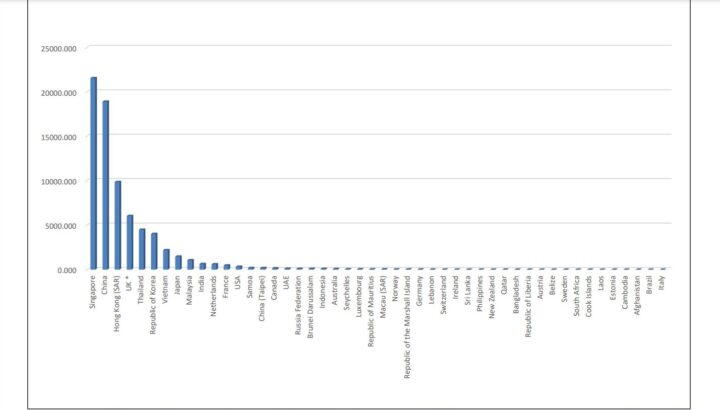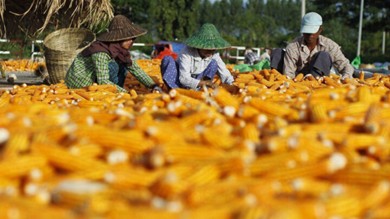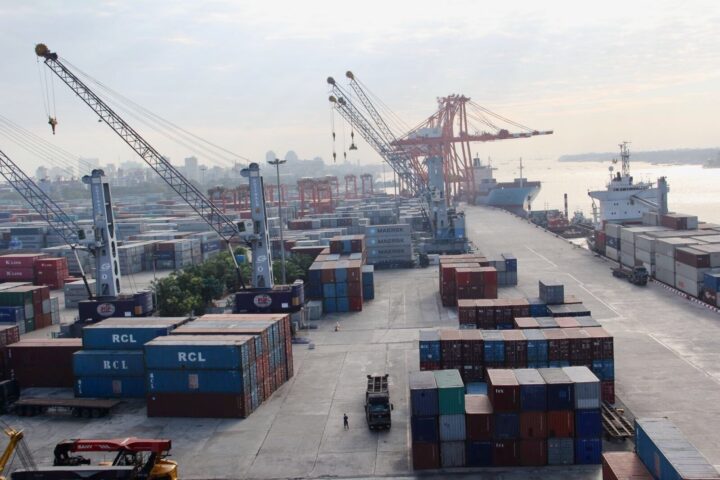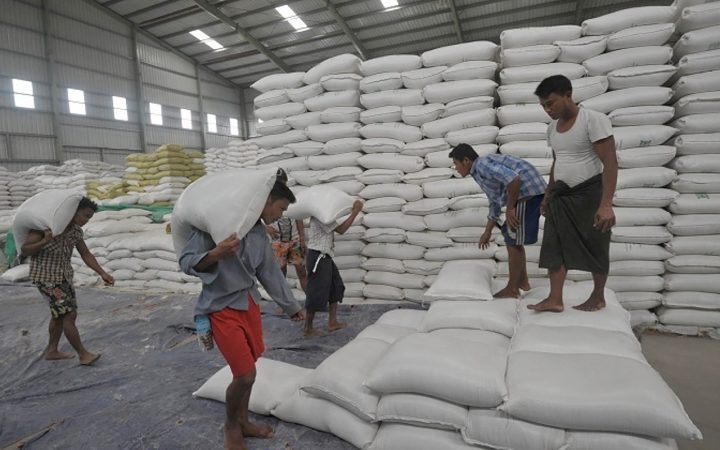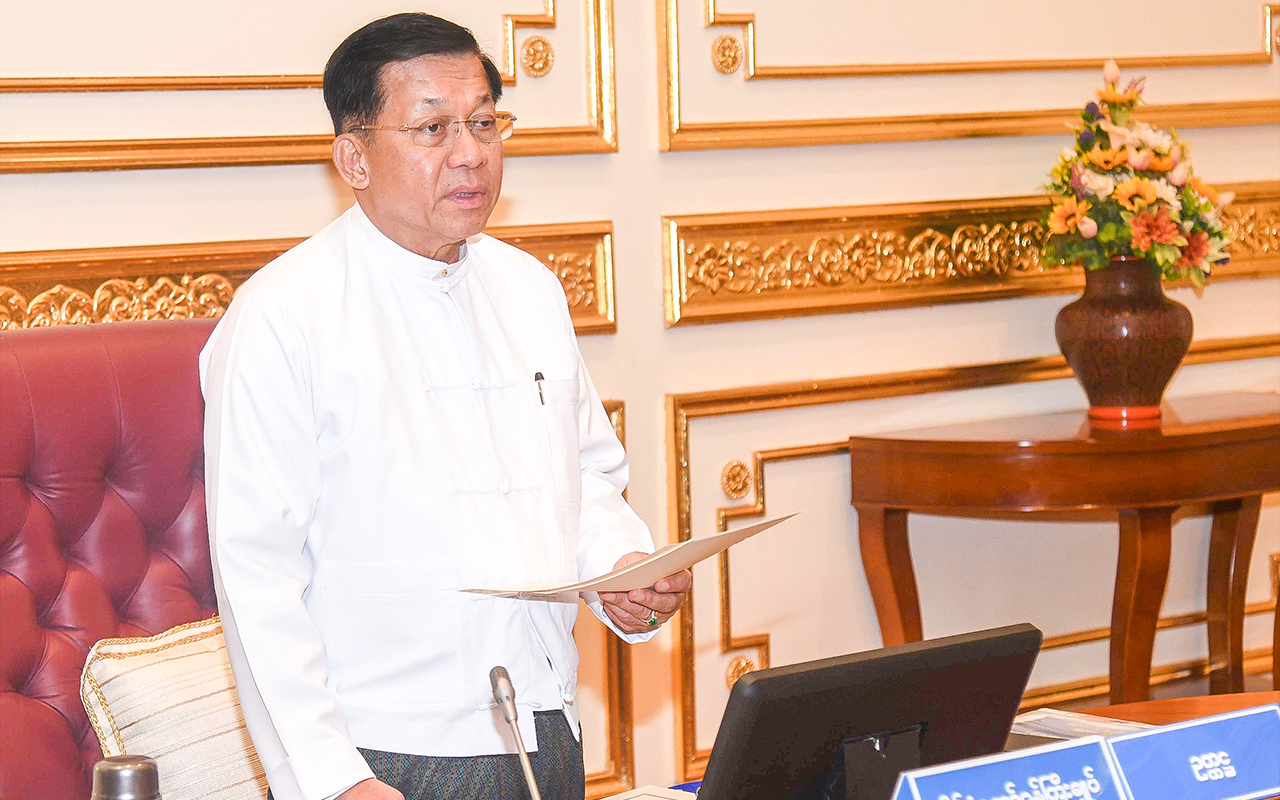The volume of Myanmar rice export worth USD $ 475.4 million between 1 October and 27 March in the 2019 – 2020 fiscal year
20 เมษายน 2563
The volume of rice and broken rice exported between 1 October and 27 March in the 2019-2020 fiscal year has been estimated at over 1.64 million metric tons, worth $475.449 million, according to an announcement from the Myanmar Rice Federation (MRF).
In the current financial year, Myanmar has shipped rice to 59 foreign markets.
China is the main buyer of Myanmar rice. The European Union countries account for over 15 per cent of rice exports, while about 37 per cent of rice grown in Myanmar goes to African countries.
In the nearly half of the current fiscal, Myanmar has exported broken rice mostly to Belgium, followed by Senegal, Indonesia, the Netherlands, and Guinea. Broken rice has been placed in 52 foreign markets.
Earlier, border trade was relatively high compared to sea trade in terms of rice exports. Since the previous financial year, border trade has dropped since trade in agricultural products has been halted on account of China clamping down on illegal trade, and currently, it accounts for just 14.2 per cent of the total rice exports, while maritime trade constitutes 85.8 per cent.
Rice exports through the land borders have generated an estimated $65 million, whereas income from maritime trade touched $410.27 million as of 27 March in the current FY, as per data from the Commerce Ministry.
The Ministry of Commerce released the export plan of rice and broken rice on 7 April, intending to maintain price stability, boost export and increase the farmers’ income.
The exporters who sought licence between 16 and 20 March must sell 10 per cent of well-milled polished Emata rice variety stated in the export declaration as country’s reserved rice.
They must send that 10 per cent of reserved rice to the state’s warehouse before exportation or within one week after export. Those exporters who failed to comply with the notification will get their licences revoked and face legal actions under the Essential Supplies and Services Law. The ministry will release further notification concerning permits and regulations, the Trade Department stated.
At present, MRF is prioritizing domestic market stability and self-sufficiency and working towards these goals by coordinating with government departments and stakeholders in the supply chain, including exporters, traders, depot owners, and millers, according to a press statement issued by the federation on 13 March 2020.
MRF is monitoring the impact of Covid-19 in the foreign and domestic market, and working with stakeholders in the respective regions and states to govern the market. The federation calls on the government to take systematic measures on exports by involving exporters.
The government, as well as some associations, have rice reserve schemes. At present, millers and companies are distributing rice at a much fairer price, according to the MRF. Therefore, people need not be concerned, MRF stated.
MRF always checks the balance between the rice stocks and self-sufficiency in the country. Myanmar produces more than 14 million tonnes of rice in the monsoon and summer seasons. Only 8.5 million tonnes of rice are needed for local consumption and about 2 million tonnes of rice are used for vermicelli production, leaving an extra four million tonnes of rice to send to the external market.
This year, over 4 million tonnes of quality and low-quality rice are stockpiled.
Myanmar shipped 3.6 million tonnes of rice in the 2017-2018 fiscal year, which was a record in rice exports. The export volume plunged to 2.29 million metric tons, worth $691 million, in the 2018-2019FY.—Ko Khant (Translated by Ei Myat Mon)
(The Global New Light of Myanmar: https://www.globalnew

